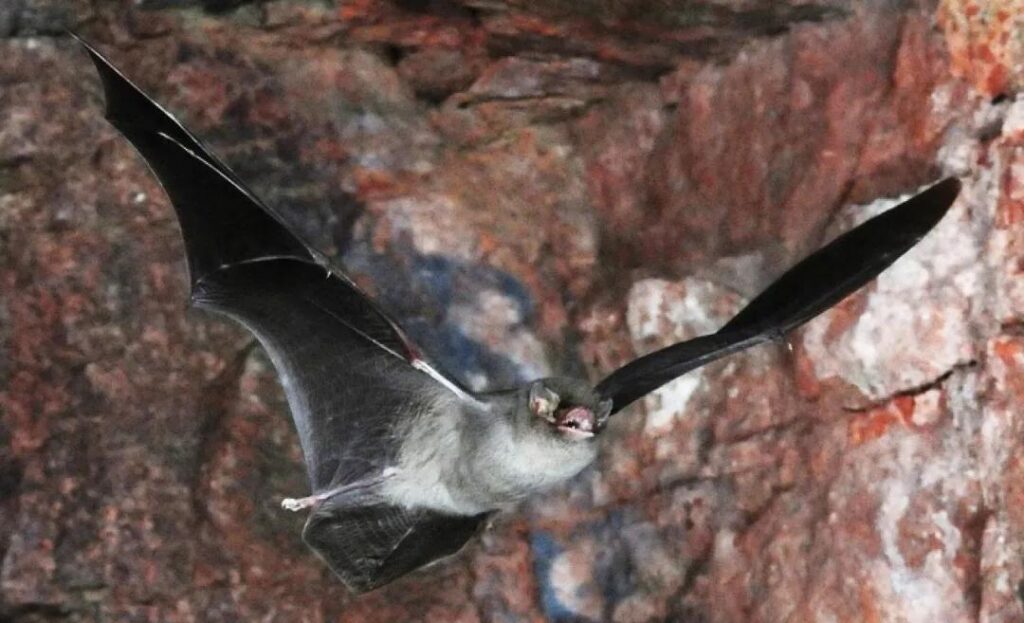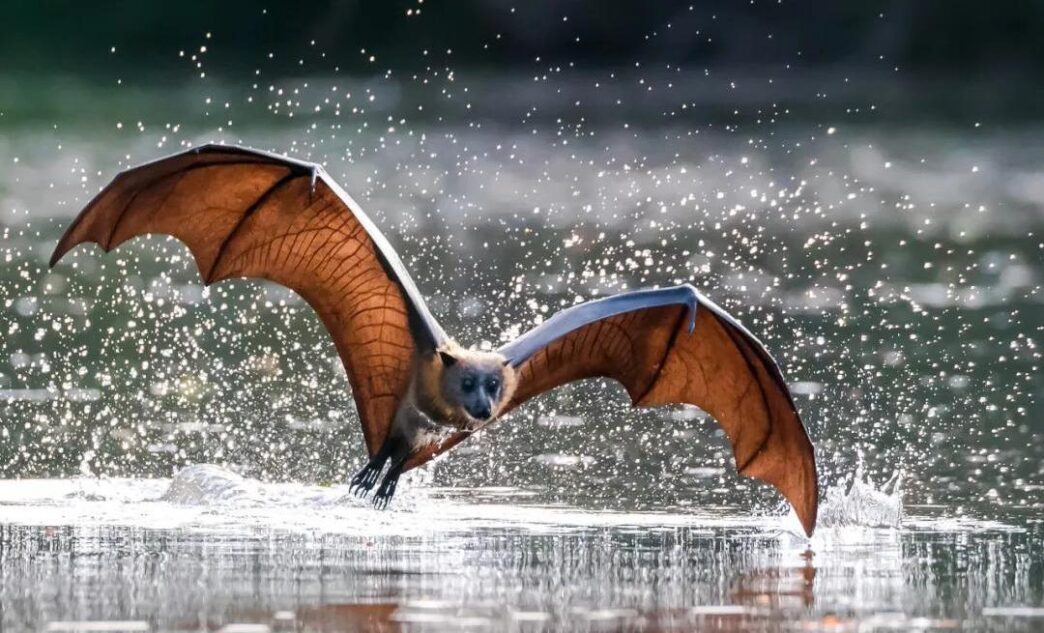Bats, a group of mammals from the order Chiroptera, are known for their ability to fly, making them unique among mammals. They are found worldwide, except in polar regions and a few isolated islands. With 21 families, 234 genera, and 1,399 species, bats play vital roles in ecosystems by controlling pests and spreading pollens. However, they are also hosts to a vast number of zoonotic diseases, including Ebola, Marburg, Nipah, and Middle East Respiratory Syndrome (MERS) viruses. These viruses have often been linked to bats, making them dangerous creatures.
Here’s a list of the Top 10 Most Dangerous Bats in the world:
1. Fox Bat
Fox bats, also known as fruit bats, are one of the largest bat species, with wingspans over 90 cm. They are known for their fox-like faces and long snouts. These bats feed on wild fruits and flowers, often causing significant damage to orchards. Studies have shown that fox bats are known carriers of several viruses, including Nipah, Hendra, and Ebola viruses. Their role in spreading these viruses makes them one of the most dangerous bat species.
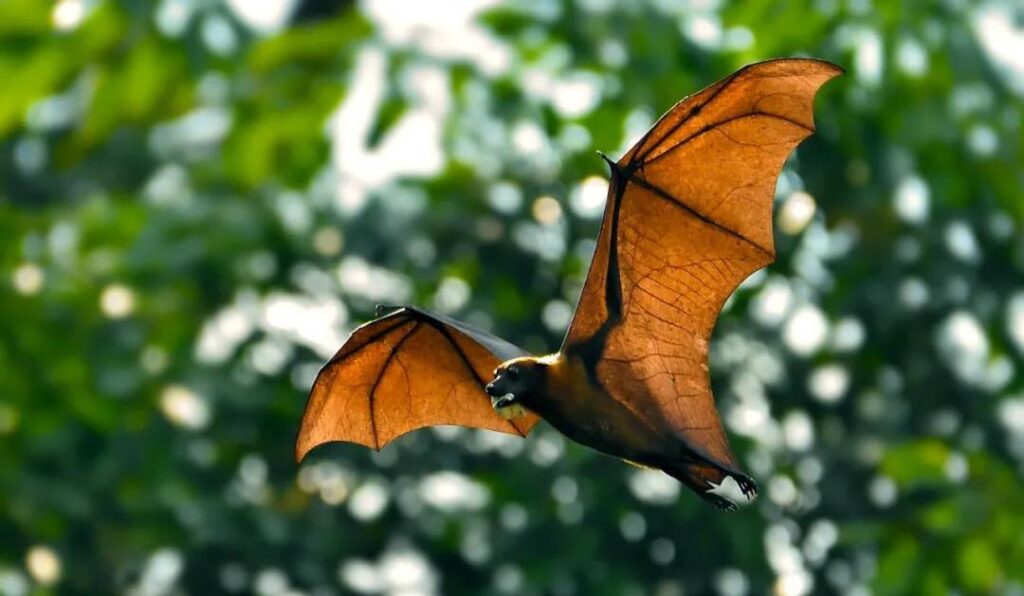
2. Rousette Fruit Bat
The Rousette fruit bat, often distinguished by its unique leaf-like face structure, feeds mainly on insects and larvae. These bats are social, living in caves, and sometimes share habitats with other bat species like the Horseshoe Bat. Rousettes are considered some of the most dangerous bats, as they are known hosts of various viruses, including rabies, Nipah, and Hantavirus. They have even been linked to a strain of SARS-like coronavirus.
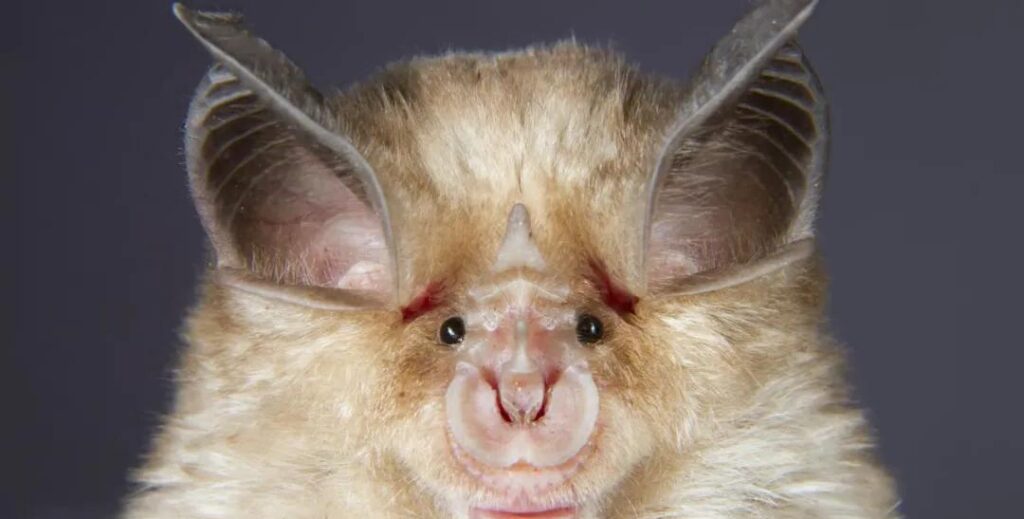
3. Tomb Bat
Tomb bats, part of the Vespertilionidae family, gained notoriety in 2012 when an unknown coronavirus was found in Saudi Arabia and spread throughout the Middle East, later named Middle East Respiratory Syndrome (MERS). Researchers identified that the MERS virus was likely harbored by the tomb bat, raising concerns about its potential role in future outbreaks.
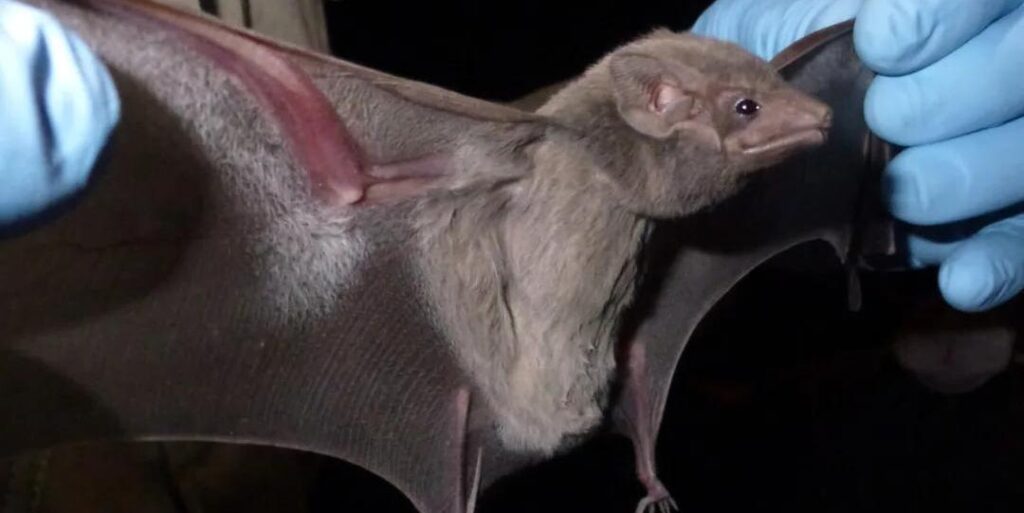
4. Vampire Bat
Vampire bats are infamous for feeding on the blood of mammals and birds. A vampire bat can consume up to 50% of its body weight in blood each night. They carry the rabies virus, making their bites particularly dangerous. The risk of rabies infection is higher from vampire bats than from dog bites, which further adds to their threat.
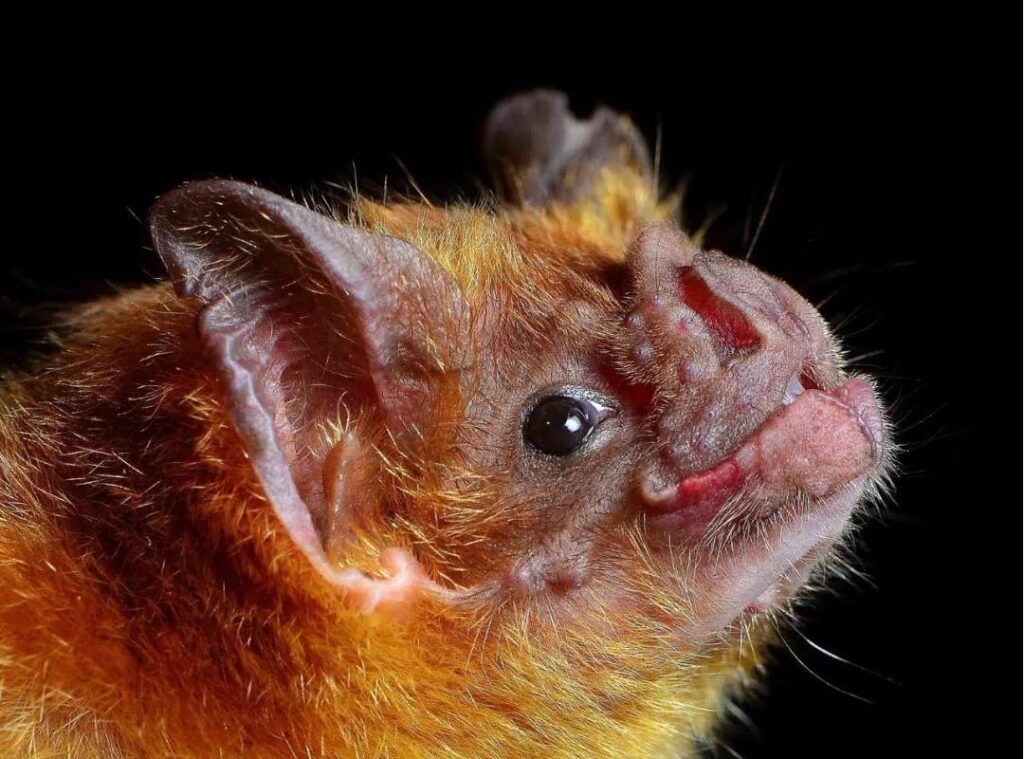
5. Horseshoe Bat
The Horseshoe bat, with its unique horse-shoe shaped nose, is another dangerous species that feeds primarily on insects. It shares habitats with species like the Rousette Fruit Bat. Horseshoe bats have been found to carry viruses similar to SARS, including those that could be involved in future pandemics, highlighting their risk to humans.
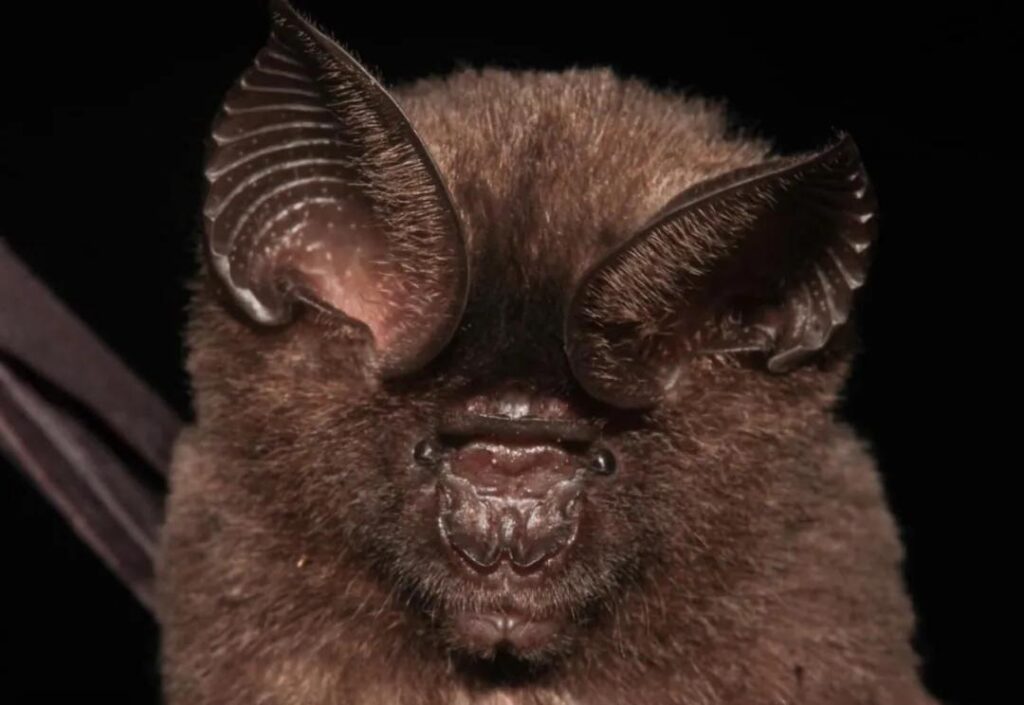
6. Dog-Faced Bat
Found in tropical and subtropical regions, the Dog-faced bat is known for its large colonies and is a natural predator of insects like moths and beetles. However, this bat species has been linked to Ebola outbreaks in Africa, particularly the Angolan dog-faced bat. Studies have confirmed its role as a potential host for deadly viruses like Ebola.
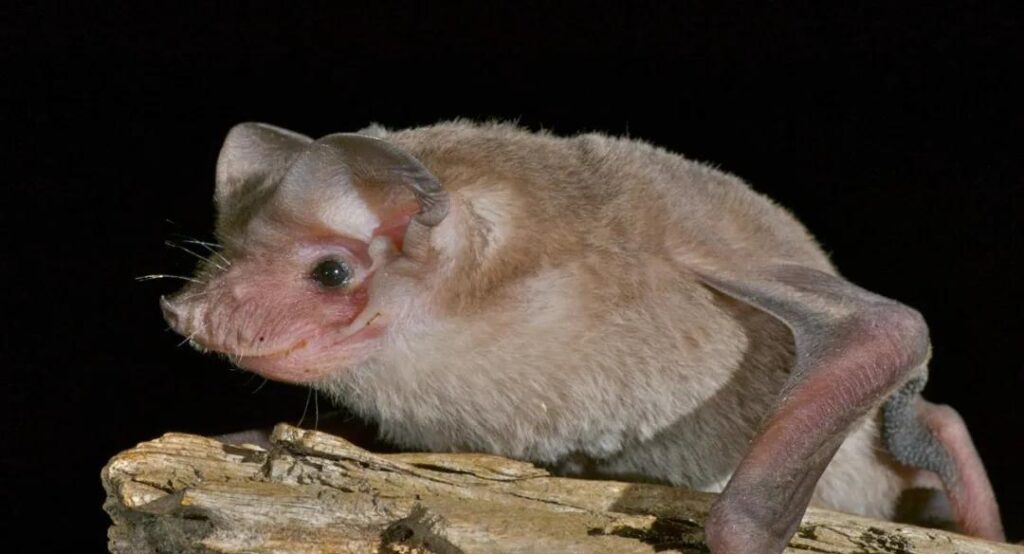
7. Brown Bat
The Brown Bat, also called the Little Brown Bat, is widely distributed and commonly seen in caves and abandoned buildings. Although these bats primarily feed on insects, they carry diseases like rabies. Brown bats are notorious for being potential carriers of deadly viruses like the Zulu Bat Coronavirus, which is genetically related to the MERS-CoV.
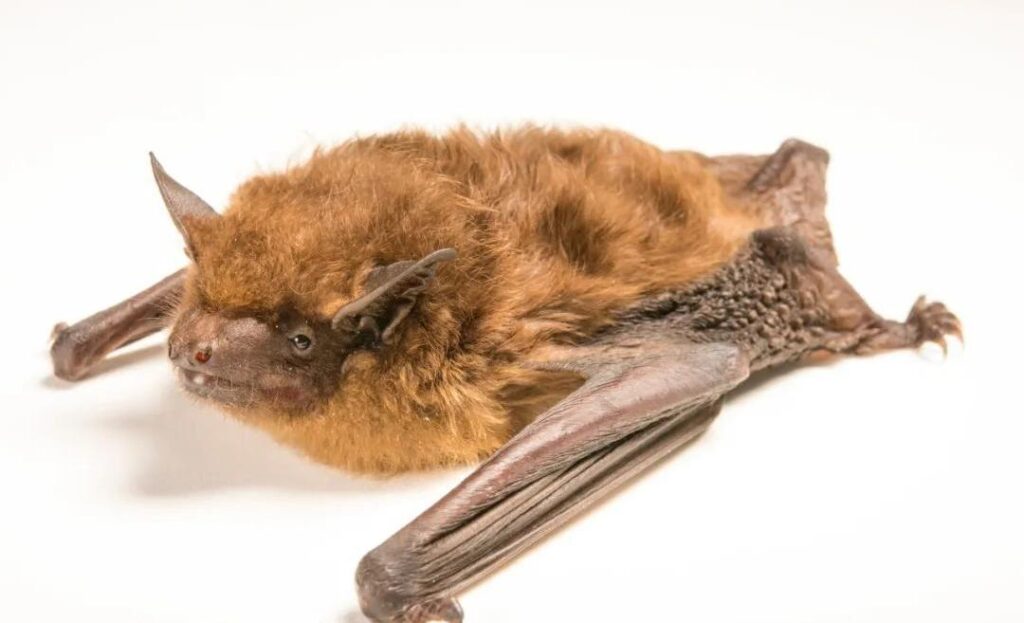
8. Leaf-Nosed Bat
Named for its leaf-shaped nose, the Leaf-nosed bat is found in caves and artificial structures, feeding on insects like mosquitoes and moths. Despite their ecological benefits in controlling insect populations, these bats can carry viruses such as the Rabies virus, making direct contact risky for humans.
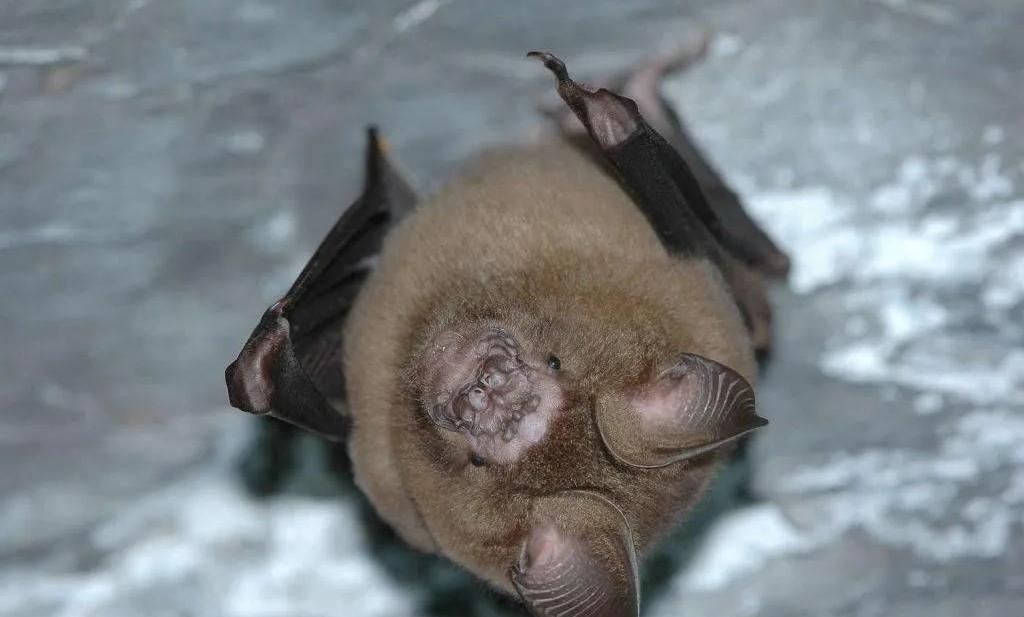
9. Pipistrelle Bat
The Pipistrelle bat is a small bat species found across Europe and parts of Asia. Known for its ability to adapt to various environments, it is also a carrier of various viruses, including the Rabies virus. Although it poses little threat to humans unless directly interacted with, it’s still important to avoid close contact.
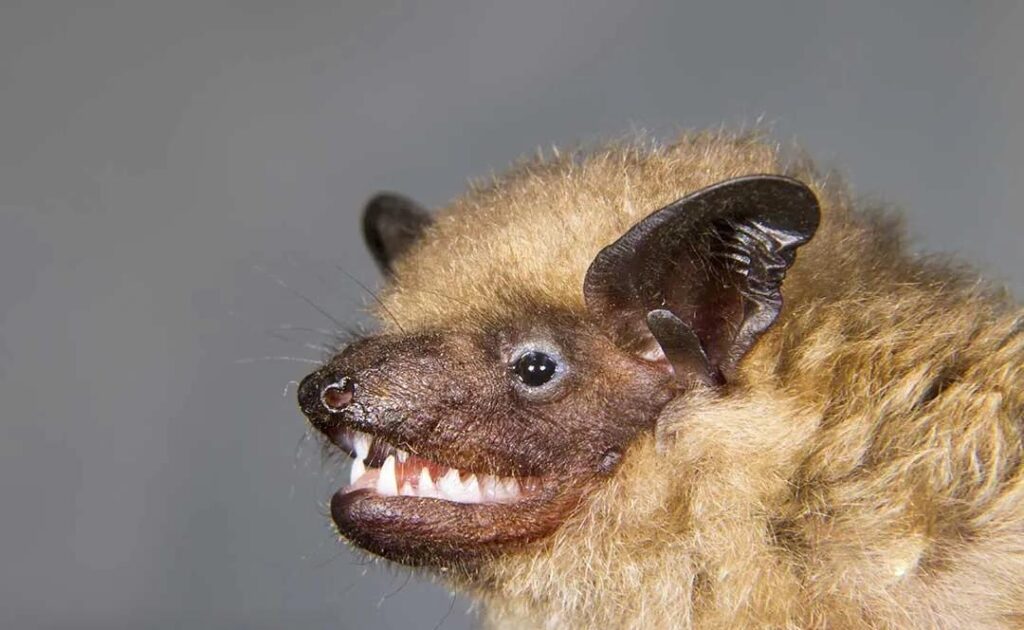
10. Long-Winged Bat
This species of bat, although small, is widespread and carries several dangerous viruses, including the Long-winged Bat Coronavirus HKU8. Scientists have identified this virus in multiple bat species, underscoring the widespread threat that bats can pose to global health.
